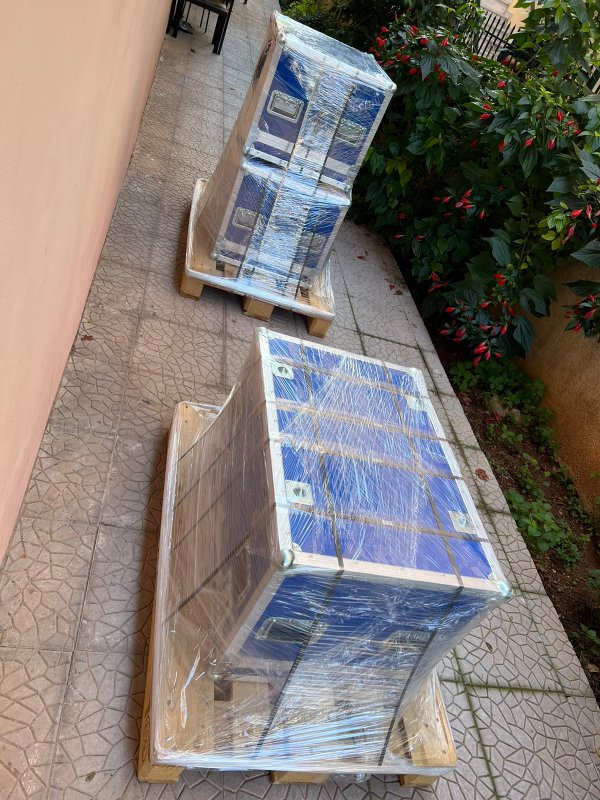Hmm.. the Quad ESL, released in 1957? I’m not being facetious here. Anyone who’s owned a pair of Walker’s “little wonder” knows there are aspects to its sound that have never been equaled or surpassed, even by Walker’s later more technically sophisticated delay ring ESL 63 design. “Sounds better” is a highly subjective opinion, but even if I took measurements of the M9, I’d expect they’d come up short in some respects to the legendary 57s.
Of course, the M9 would allow playback levels that will shut down any Quad and plumb the depths in low bass that no Quad will match. But these may not be important to a listener for whom the 57 or 63 was designed. I’ve listened to my 57s in a cramped bedroom sitting a couple of feet away, and they sound amazing. I couldn’t do that with the M9s, which require a huge room, treated appropriately so the speaker does not overload the room, and driven by suitable electronic amplification, a boat anchor Krell or similar amplifier.
But I‘m sure given the right setup, the M9 sounds amazing, and knowing Magico’s standards, fully lives up to the house‘s reputation. But it caters to a very particular class of users, not just folks who can afford it, but those who like its particular representation of recorded sound. Alan Shaw of Harbeth, for one, would not care for its design or sound, given his preference for the BBC style bitumen-damped wooden cabinets and Radial propylene midrange.
In the end, Alon, Alan, Peter Walker and Paul Klipsch are all highly talented brilliant designers who each pursues his notion of the perfect loudspeaker. We are indeed lucky to have such people around whose dedication to their profession creates products that enriched our musical lives. To me, there’s no answer to the question “best loudspeaker“, any more than one can answer the question of “best composer” or “best artist”. Each pursues his or her creative genius and the world is a richer place for it.







